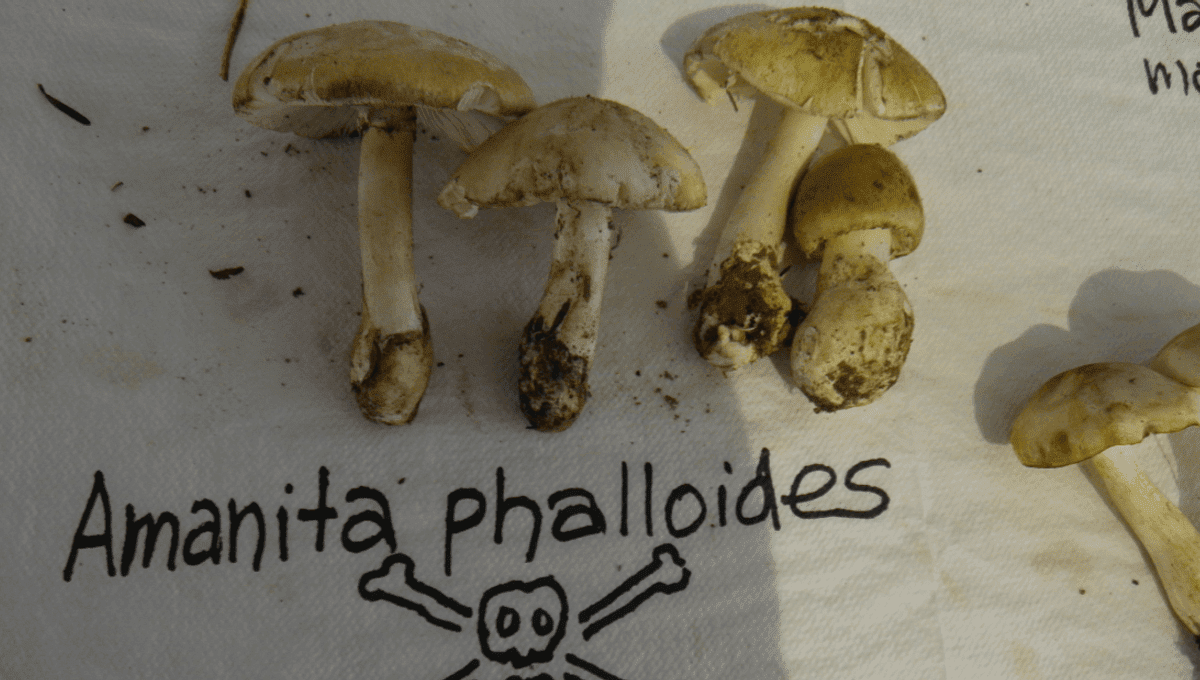
We know death caps are extremely dangerous, accounting for 90 percent of the deaths caused by mushroom ingestion, but we still don’t know exactly how it is they cause such catastrophic damage in the human body. This gap in our knowledge has slowed the development of an antidote, but new research has identified a protein without which the death cap’s deadly toxin isn’t so, well, toxic.
When it comes to the devastating power of mushrooms, Twitter user @Goulcher really hit the nail on the head when they said:
In the Russian roulette of fungus foraging, the most unfortunate early mushroom connoisseur was surely the one eating death caps, more formally known as Amanita phalloides. These mushrooms contain a toxin called α-amanitin that can cause severe damage to the liver, kidneys, and other vital organs even when ingested in small amounts.
Even experienced mushroom hunters can be hoodwinked by the death cap mushroom because it can look a lot like other safe varieties and doesn’t cause symptoms right away. It may be hours or even days before someone starts to feel ill after ingesting α-amanitin, by which point it may be too late to reverse the damage done.
When symptoms do occur, they include stomach pain, vomiting, diarrhea, and dehydration. As organ damage progresses, people can go on to develop yellowing of the skin and eyes (known as jaundice), confusion, or they may slip into a coma.
To get a better idea of how the death cap’s toxin attacks the human body, researchers used CRISPR to analyze genomes and look for a mechanism that could explain α-amanitin’s toxicity. Doing so revealed that the toxin’s devastating power is dependent on a protein called STT3B facilitating an N-glycan biosynthesis pathway.
The researchers then used virtual drug screening to search for a medicine that could inhibit the STT3B protein and turned up indocyanine green (ICG), a drug that’s already received approval from the US Food and Drug Administration as a diagnostic substance.
Could it be that blocking STT3B could knock the toxic wind out of death cap’s sails?
To find out, they used mice and human cell models to see how administering ICG altered the toxicity of α-amanitin. It showed that ICG blocked the toxin leading to better survival outcomes, but that this was dependent on swift treatment. If ICG was given more than eight hours after α-amanitin exposure it didn’t help, indicating that time may be of the essence when administering the antidote.
More research is needed before ICG can be given to patients who have ingested death caps, but it looks like a promising avenue of research for a mushroom that’s thwarted our therapies until now.
The study is published in Nature Communications.
Source Link: Death Caps Cause 90 Percent Of Mushroom Deaths, Now There May Be A Cure